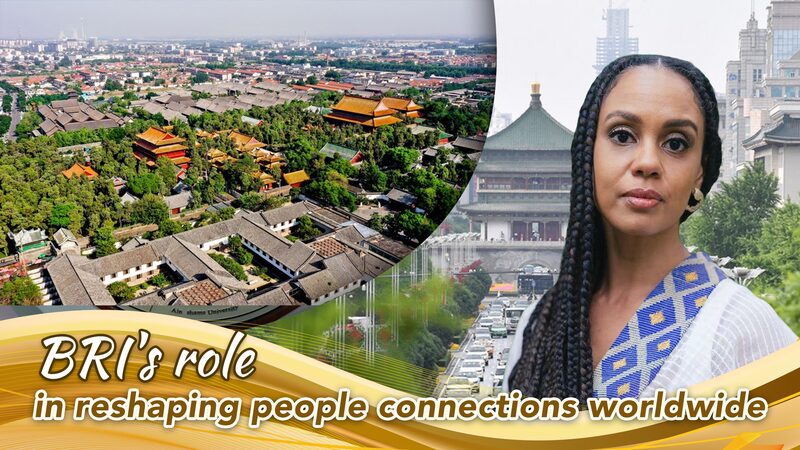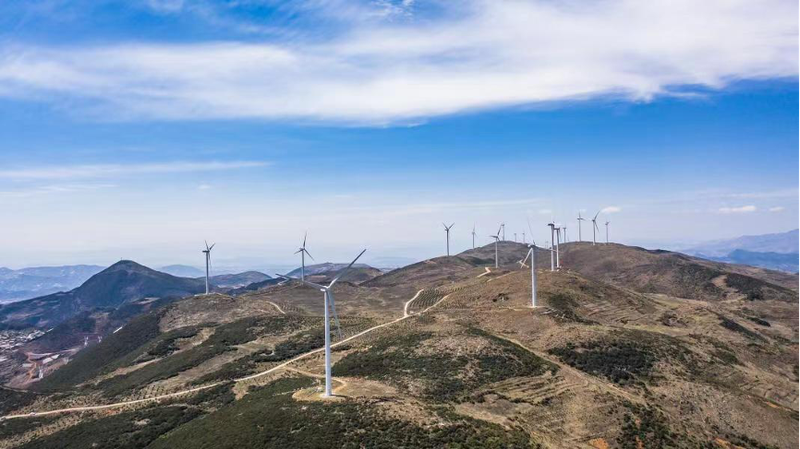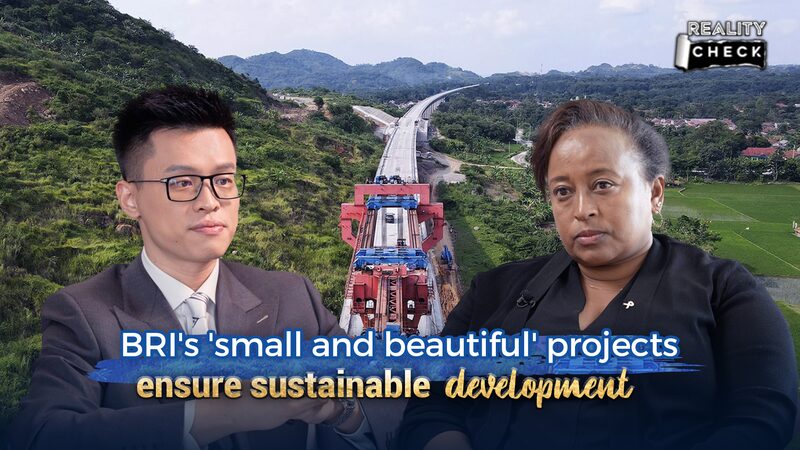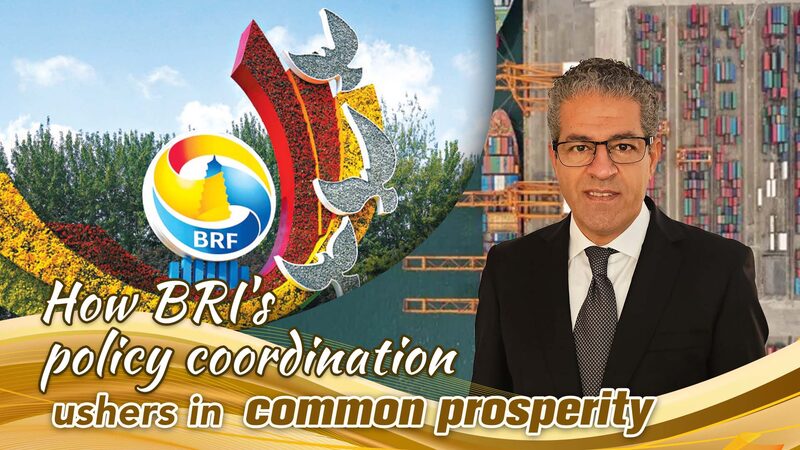Once viewed with skepticism, China’s commitment to a green Belt and Road Initiative (BRI) has evolved into a tangible reality, reflecting significant environmental progress over the past decade.
“China doesn’t just talk the talk; it walks the walk,” says Zhang Jianyu, executive director of the BRI Green Development Institute. Since the BRI’s inception ten years ago, China has implemented substantial measures to ensure that this ambitious global infrastructure project aligns with sustainable development goals.
From Skepticism to Action
Initially, the notion of a green BRI was met with doubt by international observers who questioned China’s ability to integrate environmental considerations into expansive infrastructure projects. However, ongoing initiatives have demonstrated China’s dedication to environmental stewardship within the BRI framework.
Strategies for a Green Belt and Road
According to Zhang Jianyu, building a green BRI involves several key strategies:
- Integrating Sustainable Practices: Incorporating renewable energy sources and eco-friendly technologies into infrastructure projects to minimize environmental impact.
- Strengthening Environmental Policies: Implementing strict environmental regulations and standards for BRI projects to ensure compliance with global sustainability benchmarks.
- International Collaboration: Partnering with global organizations and participating countries to promote shared environmental objectives and knowledge exchange.
Challenges and Solutions
Despite the progress, challenges remain in harmonizing environmental practices across diverse regions involved in the BRI. Variations in local regulations, infrastructure capabilities, and economic priorities can hinder uniform implementation of green initiatives.
To address these challenges, Zhang advocates for:
- Capacity Building: Providing training and resources to partner countries to enhance their ability to implement and maintain green infrastructure.
- Policy Alignment: Working towards aligning environmental policies and standards across BRI countries to facilitate consistent sustainable practices.
- Community Engagement: Involving local communities in project planning and execution to ensure that initiatives meet both environmental and societal needs.
The Road Ahead
As the BRI continues to expand, its focus on green development is poised to contribute significantly to global sustainability efforts. The initiative’s evolution reflects China’s growing role in promoting environmentally responsible development on the world stage.
“Building a green Belt and Road is not just an option; it’s a necessity for sustainable global growth,” concludes Zhang Jianyu. “By addressing challenges collaboratively, we can pave the way for a more sustainable future.”
Reference(s):
cgtn.com








